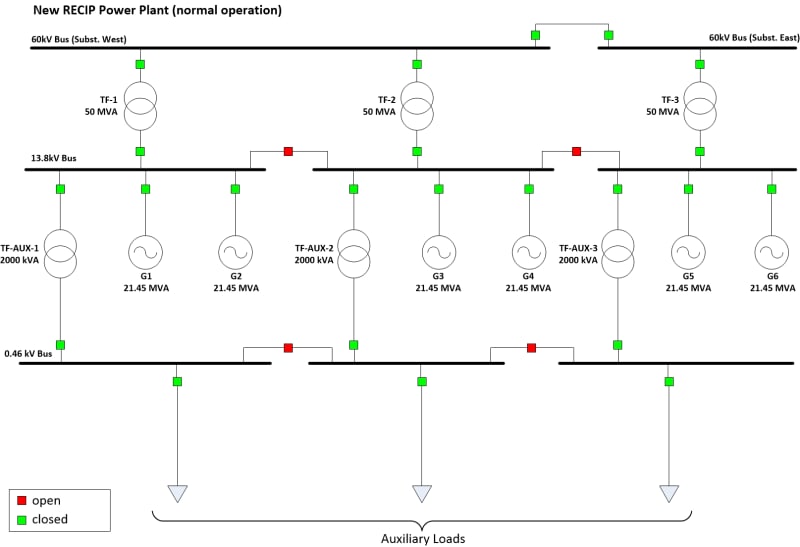Dear all,
The power plant where I work is planning to integrate On-Load Tap Changing OLTC) Transformers onto the grid for a new power plant expansion consisting of Reciprocating engines.
There will be in total 3x 50MVA, 60kV/13.8kV Transformers, which are currently not equipped with an AVR to operate automatically. The operator will need to adjust as deemed necessary from the central control room.
I was wondering if members of this forum might provide reference information to an operating philosophy with regards to OLTC.
In advance, many thanks for any information.
Kind regards,
Jairo
The power plant where I work is planning to integrate On-Load Tap Changing OLTC) Transformers onto the grid for a new power plant expansion consisting of Reciprocating engines.
There will be in total 3x 50MVA, 60kV/13.8kV Transformers, which are currently not equipped with an AVR to operate automatically. The operator will need to adjust as deemed necessary from the central control room.
I was wondering if members of this forum might provide reference information to an operating philosophy with regards to OLTC.
In advance, many thanks for any information.
Kind regards,
Jairo

